Most of us don’t think about the cables that connect our bike’s controls to their derailleurs and brakes until they stop working well or break. However, they play a critical role in ensuring your bike runs, stops and shifts smoothly.
In this guide, we’ll cover: how brake and gear cables work; what the differences between the two are; how road and mountain bike cables differ; and why investing in high-quality cables is worth it.
Of course, if you’ve got hydraulic disc brakes and electronic shifting, you can be smug and move on, but for the majority of bike riders, wire cables are part-and-parcel of the riding experience.
How do bike brake and gear cables work?
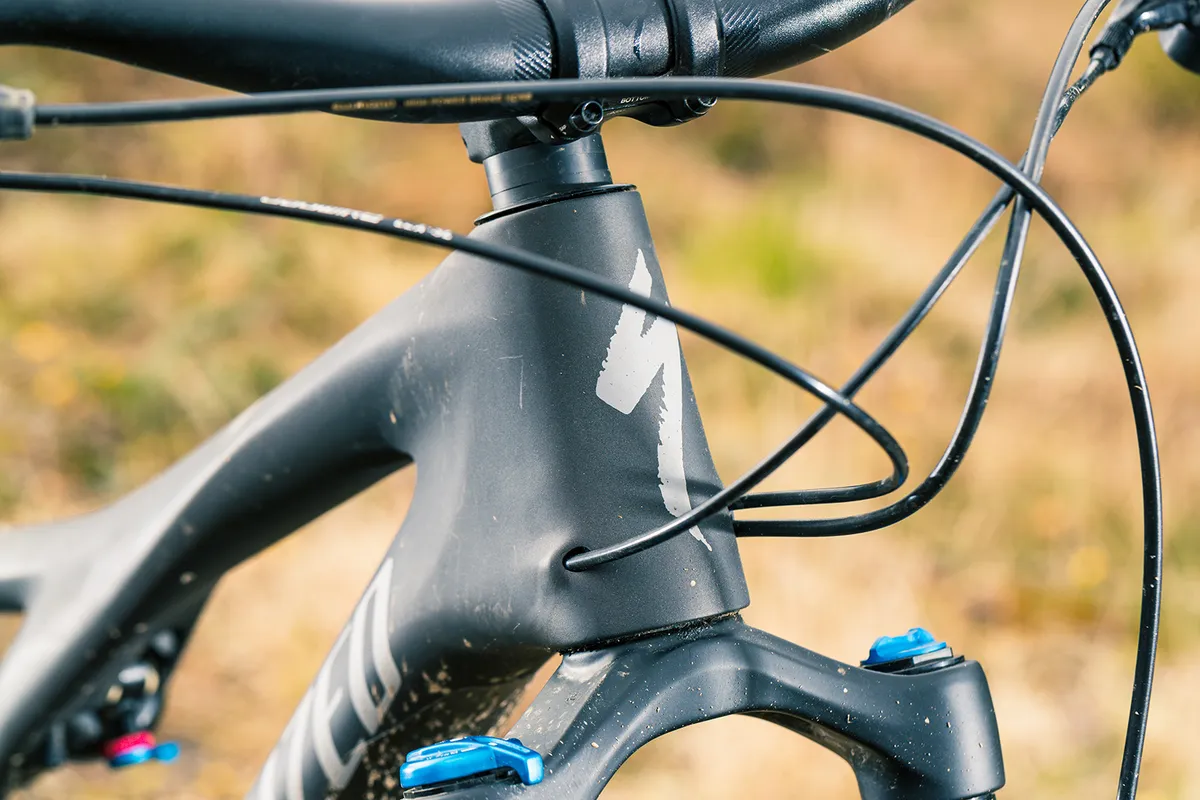
Brake and gear cables are a form of Bowden cable.
They comprise an inner cable made of twisted steel wire that runs through an outer sleeve from your bike’s control levers on the bar to the brakes or derailleurs.
There may be parts of the inner cables that are unprotected by the outers, particularly for gear cables, with the outers finishing in ‘stops’ attached to the frame. Many cables now also route through outers that run their full length internally through the frame.
The inner cable is anchored at both ends. Pull on the bike's brake levers or push the gear shifters and the inner cable is pulled through the outer cable, which in turn operates the brake caliper or derailleur.
There’s a spring in the operated device – whether that’s a brake caliper or derailleur – that moves it back when the cable tension is released.
Brake cables vs. gear cables – what’s the difference?
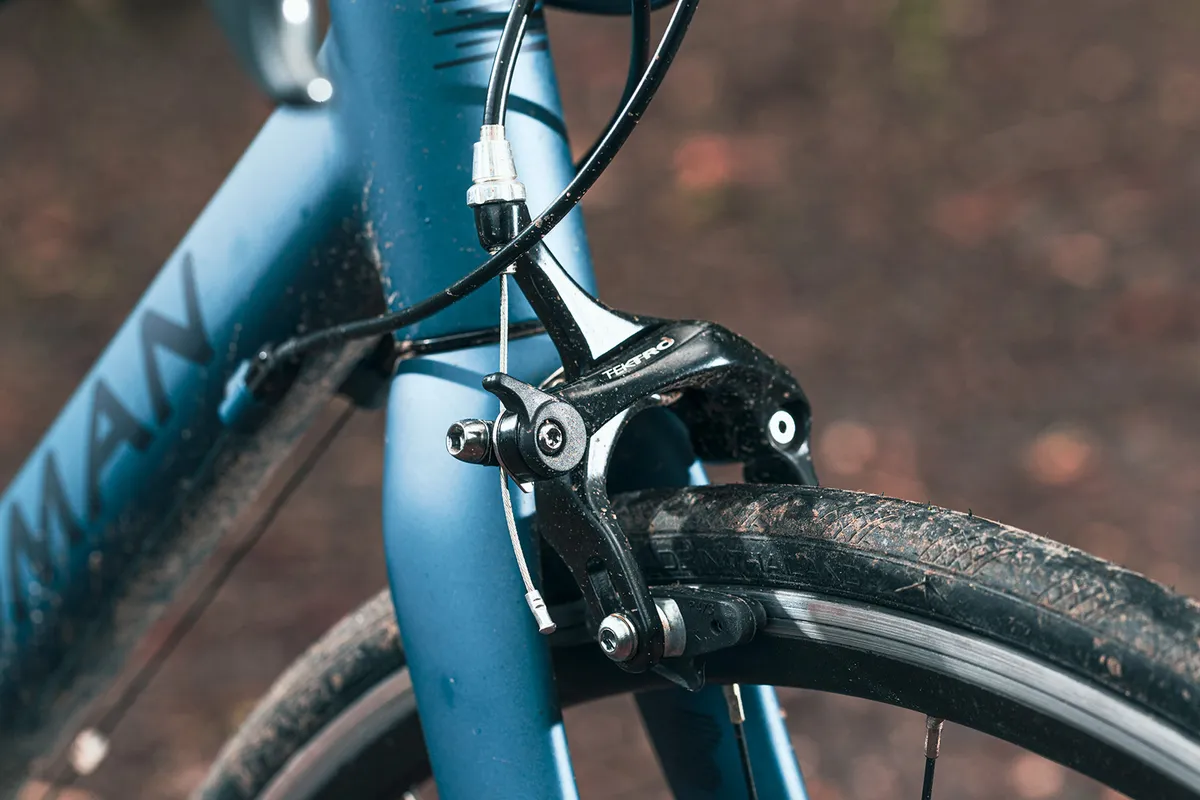
The jobs done by brake cables and gear cables are different, so they’re built differently.
Your brake needs to work without risk of failure and to transmit significant force to the brake caliper, so the inner cable is built thicker than a gear cable.
You can afford to have a bit of compression in the outer without it affecting braking performance significantly but it’s very important that it doesn’t split lengthways, so the metal wire in it is usually helically wound.
Modern bike gears are usually indexed, where one click of the shifter moves the rear derailleur one sprocket or shifts the front derailleur between chainrings. There’s less force applied, so the cables can be thinner, but the movements of the cable need to be precise.
To accomplish this, gear cable outers are constructed differently from brake cables, with a bundle of individual wires wound over a long length to make the cable outer more or less compressionless.
There’s also usually a plastic inner lining to help reduce friction between the inner and outer cables.
You can’t mix and match gear cables and brake cables – you need the right set of inners and outers for each job.
Using gear cables for brake cables is exceptionally dangerous and you should never do it. You run the risk of them snapping at the worst possible moment, with potentially very serious consequences.
Road vs. mountain bike gear and brake cables
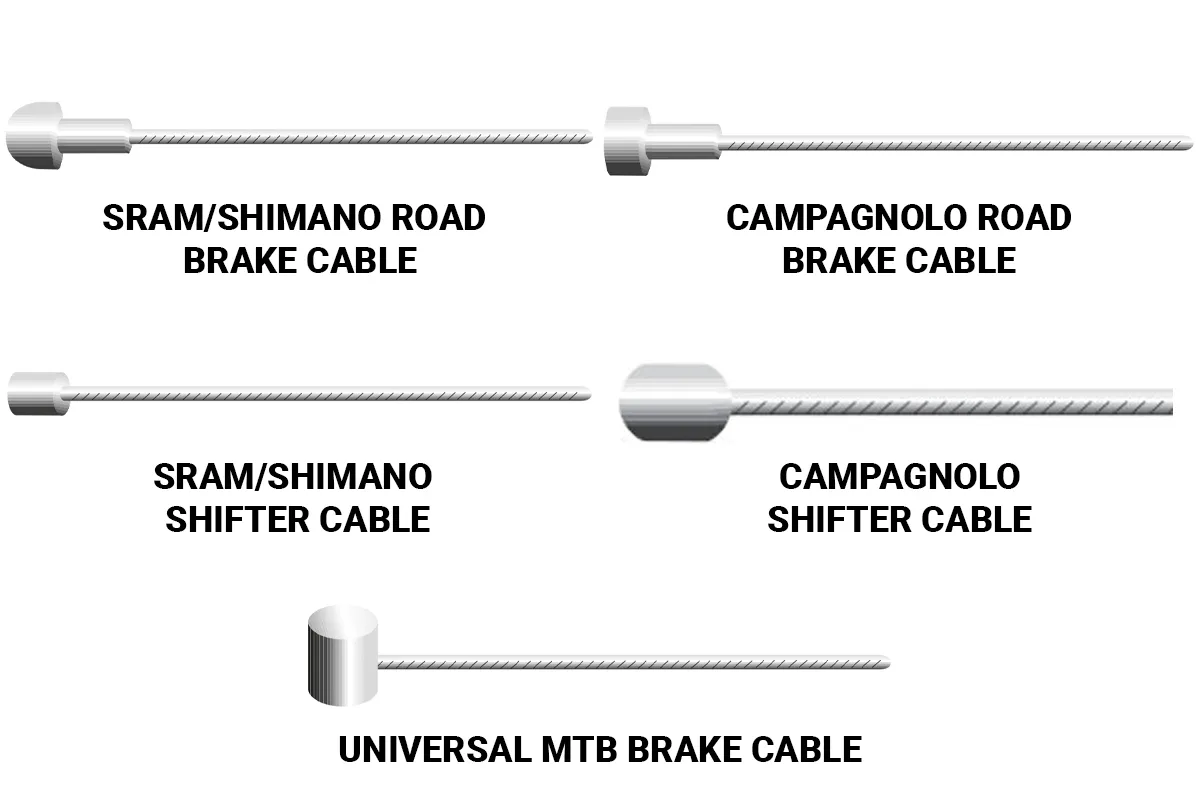
Differences go beyond cable thickness too.
At the derailleur or brake end, both brake and gear cables have ‘raw’ ends that are fixed by a clamp.
At the lever end, though, they have differently shaped nipples – the lumps of permanently affixed metal that hold them in the levers – again making them non-interchangeable.
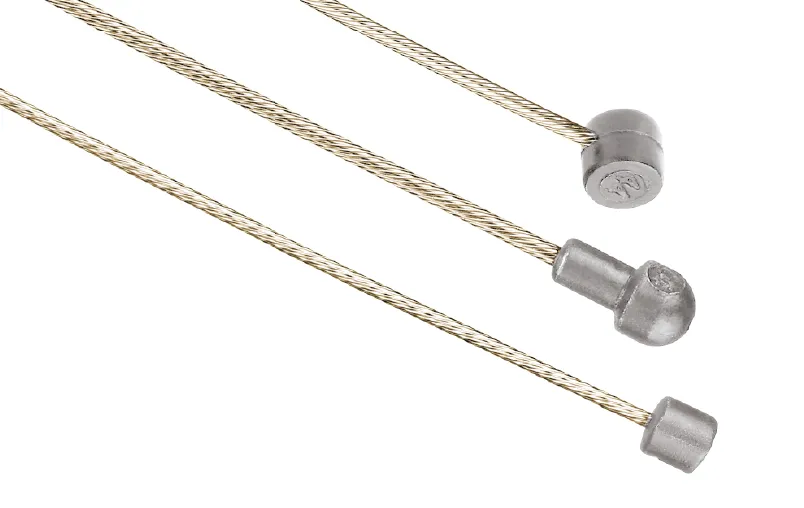
The shape of these nipples is different between mountain bike (cylindrical) and road bike (pear-shaped) brake cables.
There are also slight differences between the standards used by Shimano and Campagnolo for both gear and brake cables for road bikes.
Why high-quality bike cables matter
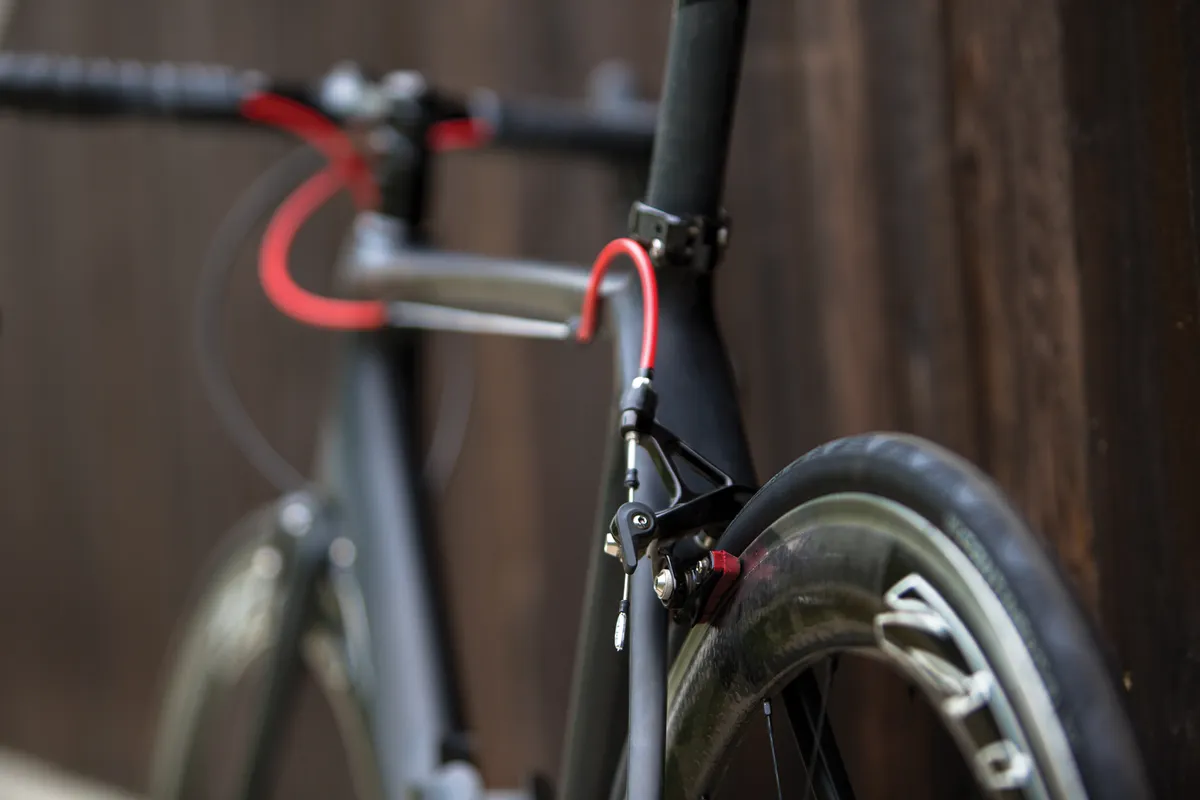
Both brake and gear cables have to withstand a lot of stress.
On road bikes, under-bar tape cabling means they have to move through tight turns. There are also bends at the derailleur end of cables on all types of bike. Internal routing only complicates the issue.
Gear cables are wound through particularly tight curves within the shifters too, which means there’s a lot of potential for wear.
Brake cables normally have an easier time of it because their runs are straighter, but there’s much more force travelling through them.
In both cases, you really don’t want your cables to fail.
A snapped derailleur cable will mean a long ride home in a single gear. The effects of a broken brake cable could be much more serious.
It’s a good idea to check your cables regularly for wear or fraying and replace them if you see any damage.
Pay particular attention to gear cables inside the shifter bodies because that’s where they usually break.
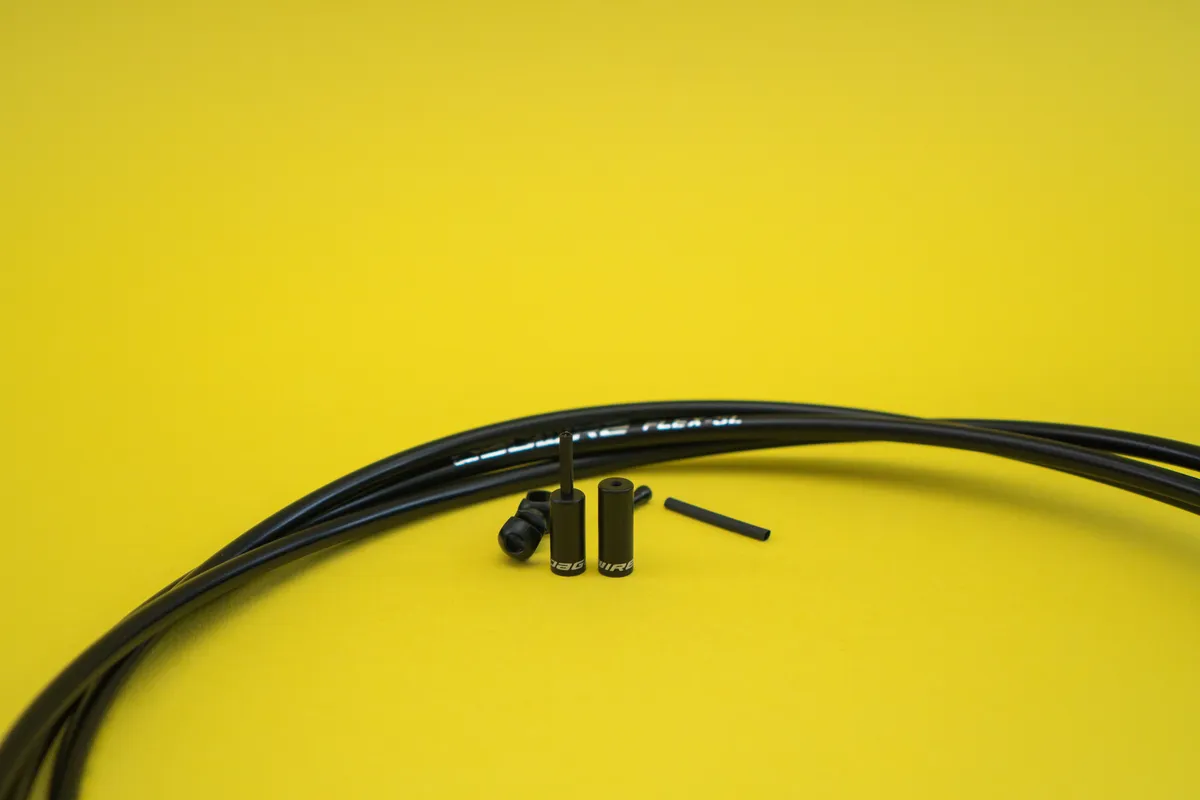
Is it worth buying expensive brake and gear cables?
Generally speaking, more expensive bike brake and gear cables will feature polished inners, higher-quality outers and, potentially, better sealing from the elements. This should help ensure your brakes and gears work smoothly and predictably for longer.
Below is a selection of high-end brake and gear cable options from the three big mainstream groupset manufacturers, and some third-party options.
Shimano Dura-Ace 9000 road gear cable set
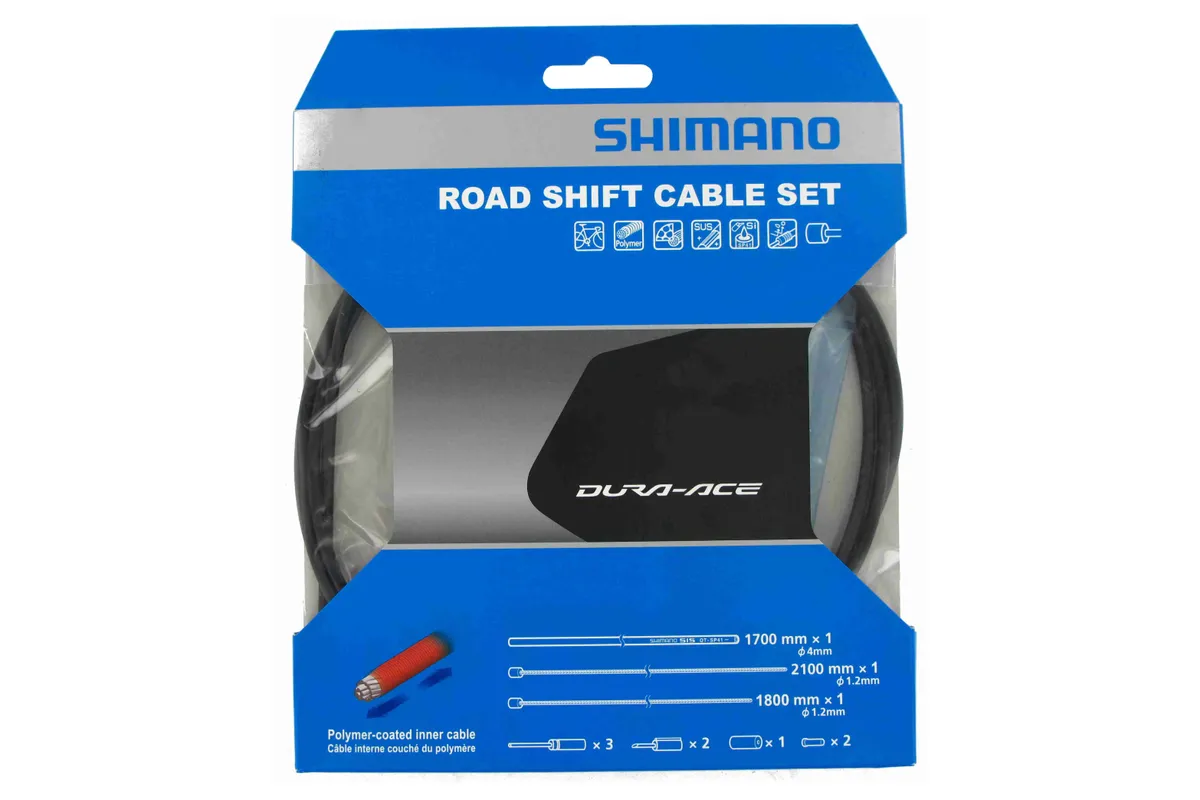
- £49.99
The Shimano Dura-Ace 9000 road gear cables are stainless steel and run through a stiff outer casing with a polymer lining lubricated with silicone.
Shimano Dura-Ace 9000 road brake cable set
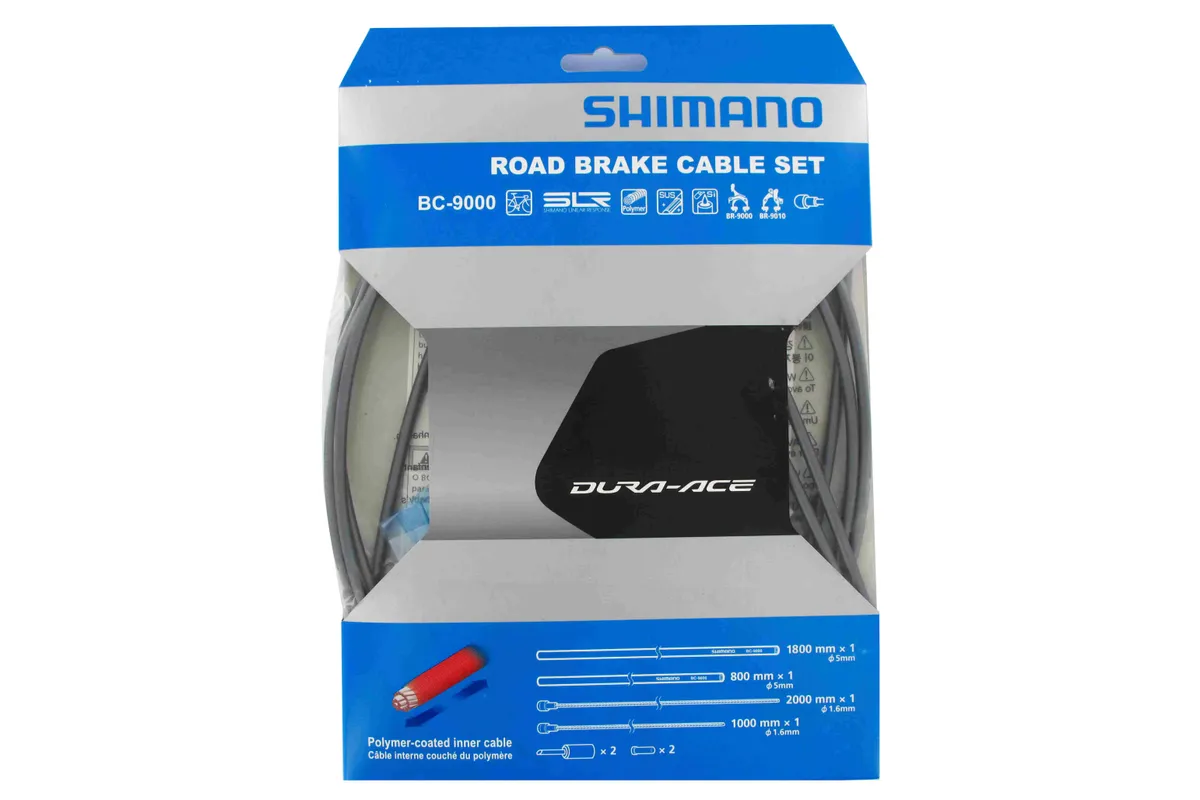
- £45.99
Shimano's Dura-Ace 9000 road brake cable set has a similar construction. Stainless steel wires are wrapped in a low-friction polymer casing, greased on the inside with silicone.
Campagnolo ER600 Ultrashift/Powershift ULF Ergopower 11-speed cable set
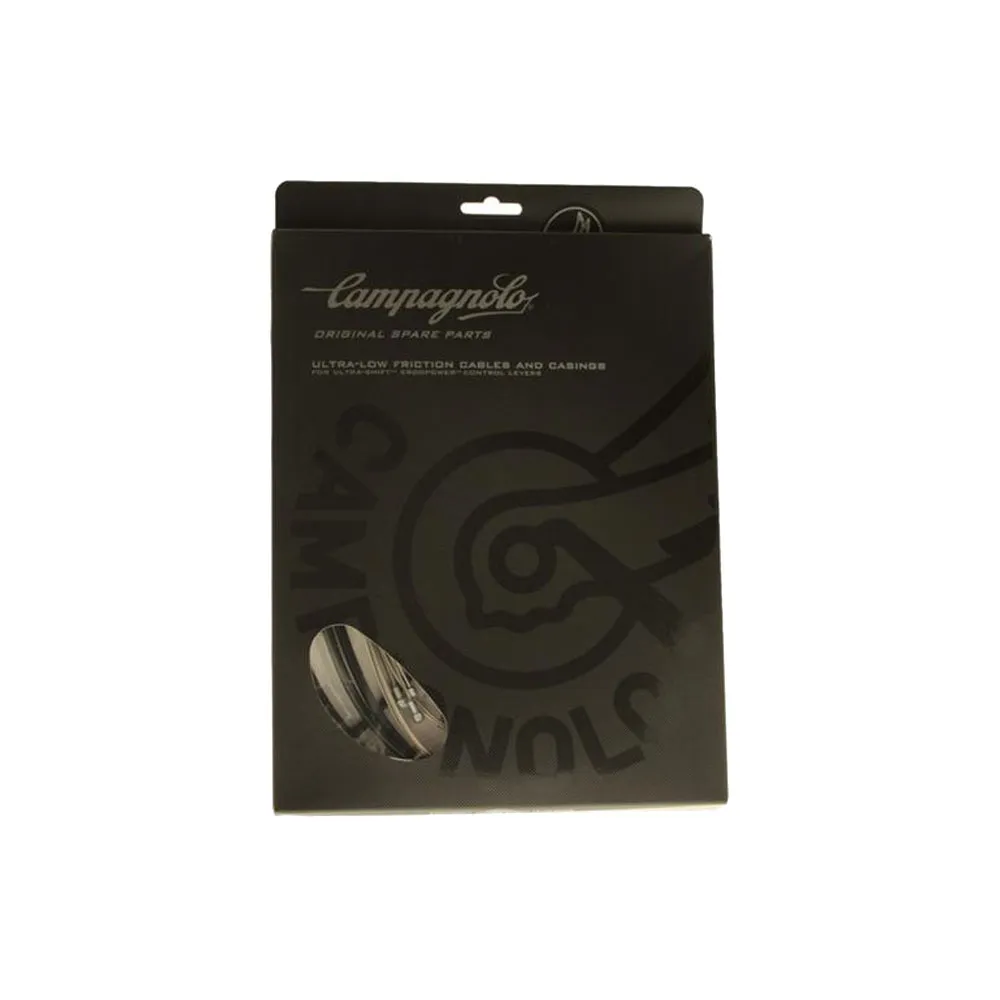
- £37
The Campagnolo ER600 Ultrashift ULF Ergopower cable set is a brake and gear cable replacement kit in one. It also features stainless steel wires coated in a smooth polymer sleeve that is internally lubricated.
SRAM SlickWire Shift Cable
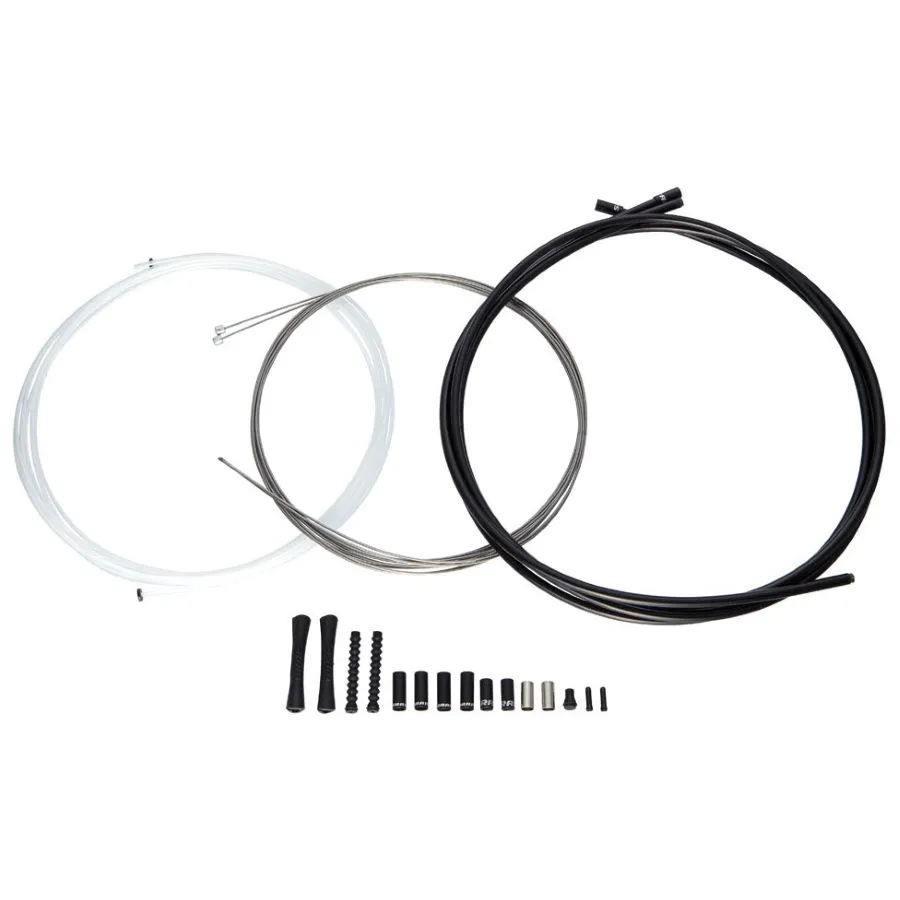
- £37
Like Shimano and Campagnolo's top-tier offerings, SRAM's SlickWire Shift Cable is a stainless steel wire with a braided nylon casing. End caps, ferrules and frame protectors are also included. The cables are compatible with road and mountain bikes.
SRAM SlickWire Pro Brake Cable
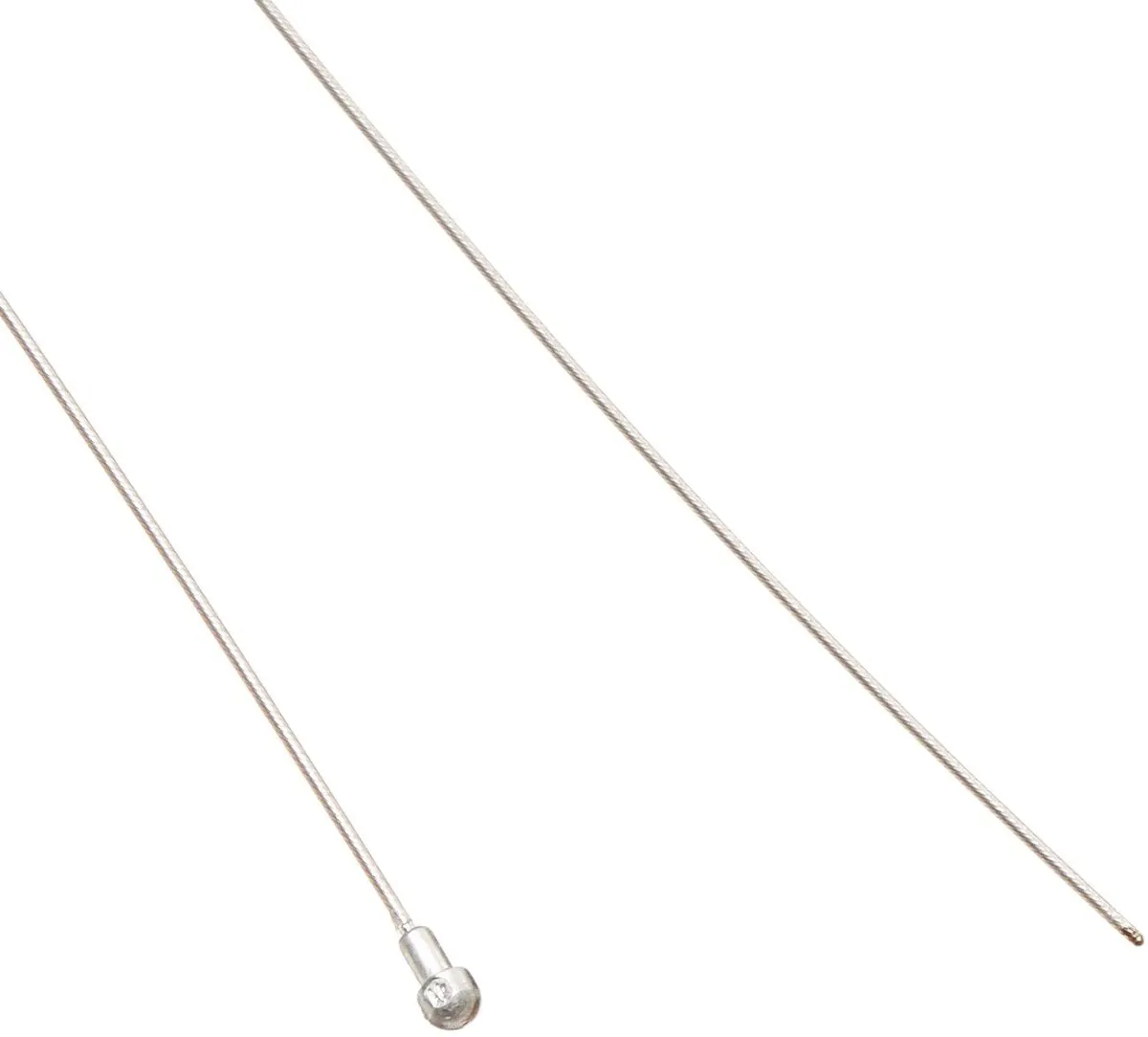
- £50 / $52
SRAM's SlickWire Pro Brake Cable is also made from polished stainless steel and threaded inside a slick nylon outer cover, and works with road and mountain bikes.
Jagwire Road Elite Link Shift kit
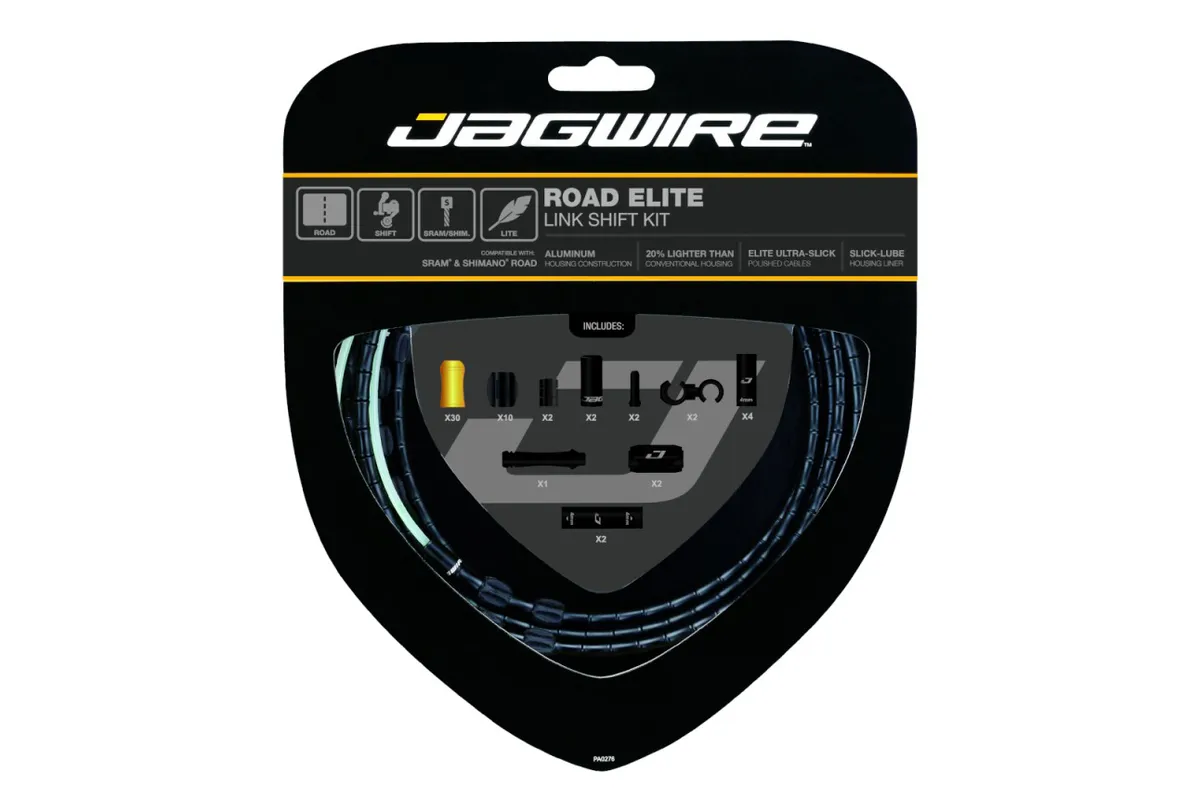
- £85
Jagwire's Road Elite Link Shift cables eschew traditional compressionless cable housing made from Kevlar in favour of aluminium links. These surround the lubed liners and polished stainless steel inner wires.
Jagwire Road Elite Link Brake kit
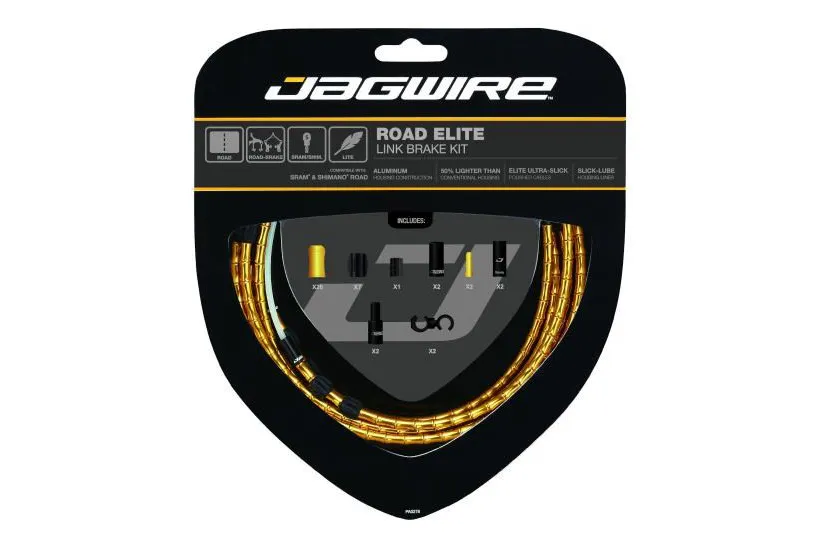
- £61.99
Jagwire's Road Elite Link Brake kit also has an alloy link housing that holds slick stainless steel wires within lubricated liners.
Cheap bike cables
Less expensive bike cables still tend to have stainless steel inner wires coated in polymer sheaths, but are not always internally lubricated. Some are not compatible with disc brakes.
Shimano Road Gear Cable set
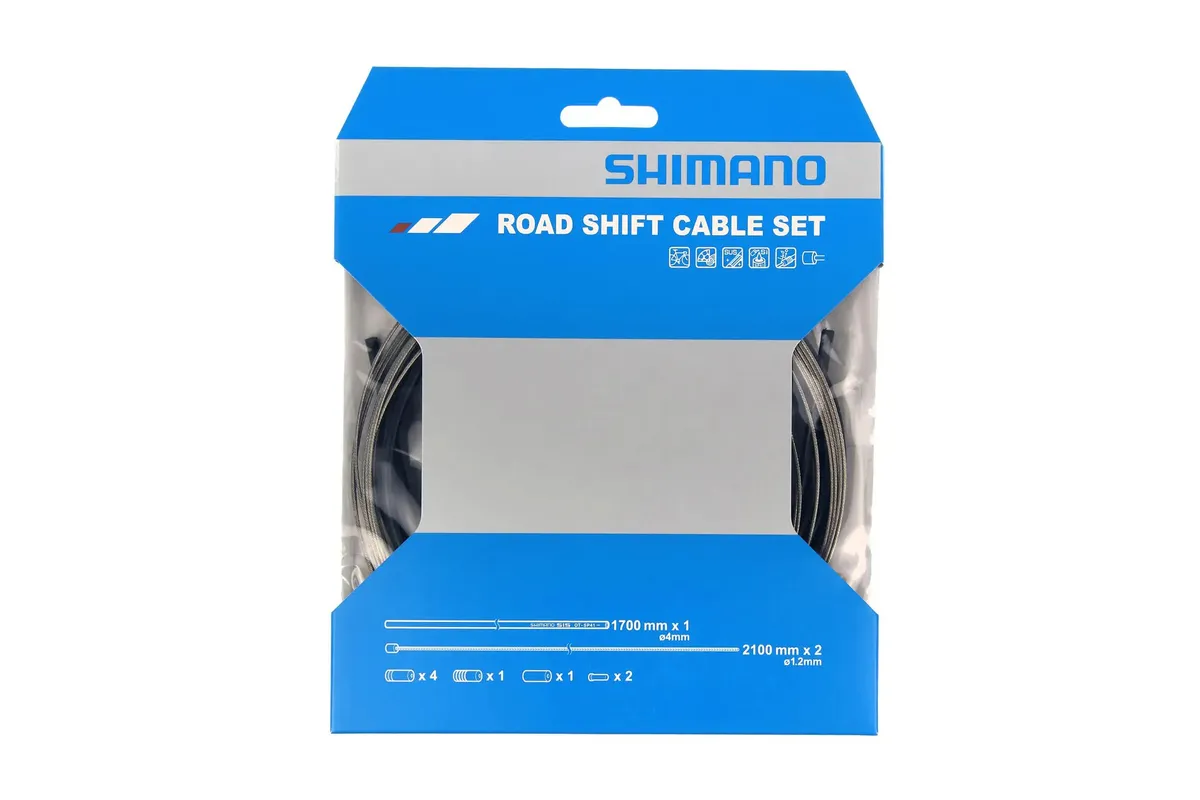
- £23
The entry-level Shimano road shift cable lacks the supposedly low-friction Optislick coating seen on the brand's more expensive options.
Shimano Road and Mountain Bike Brake Cable Set
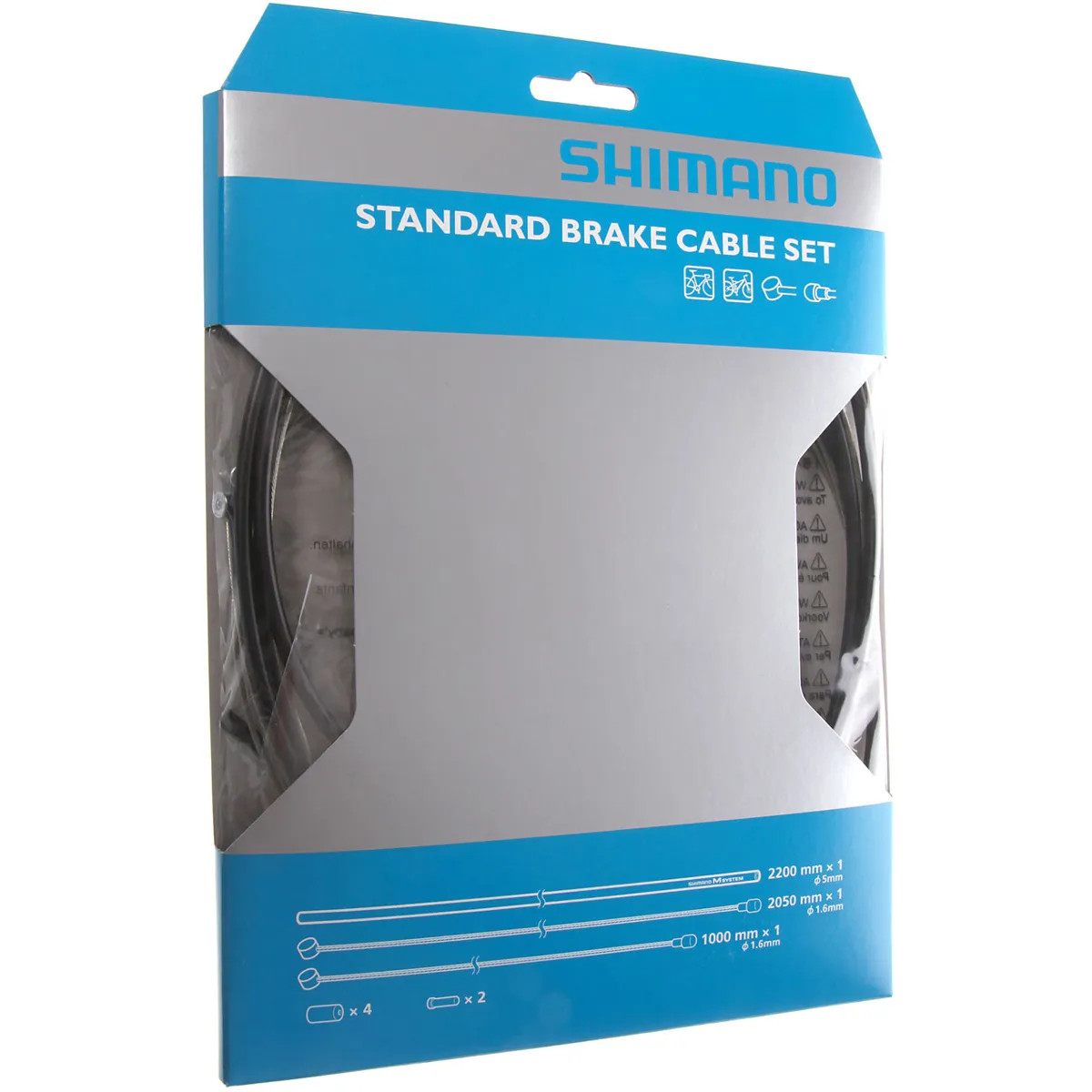
- £16.99
Shimano's basic brake cables are half the price of the Dura-Ace set, but their construction is much the same.
Jagwire Basics Shift Kit
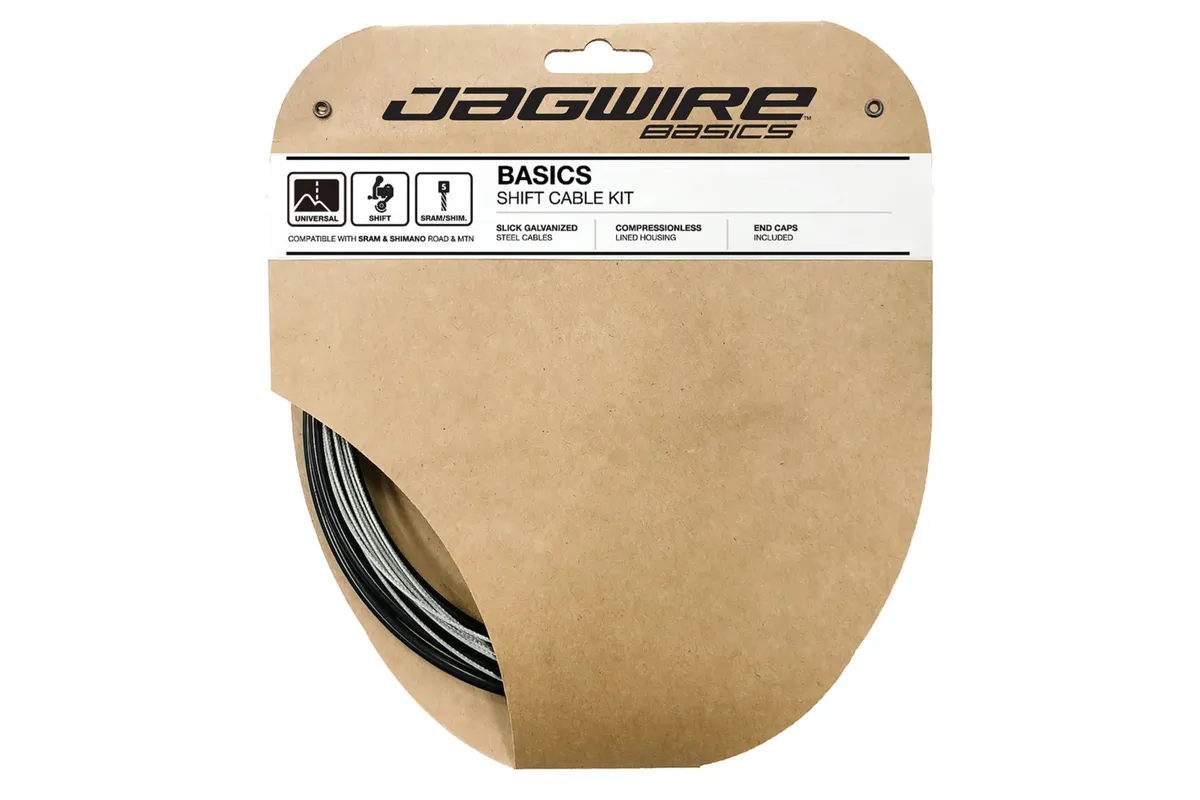
- £9.29
The Jagwire Basics Shift Cable set has slick galvanised wires and best suits five- to seven-speed bikes, according to the brand.
Jagwire Basics Brake Kit
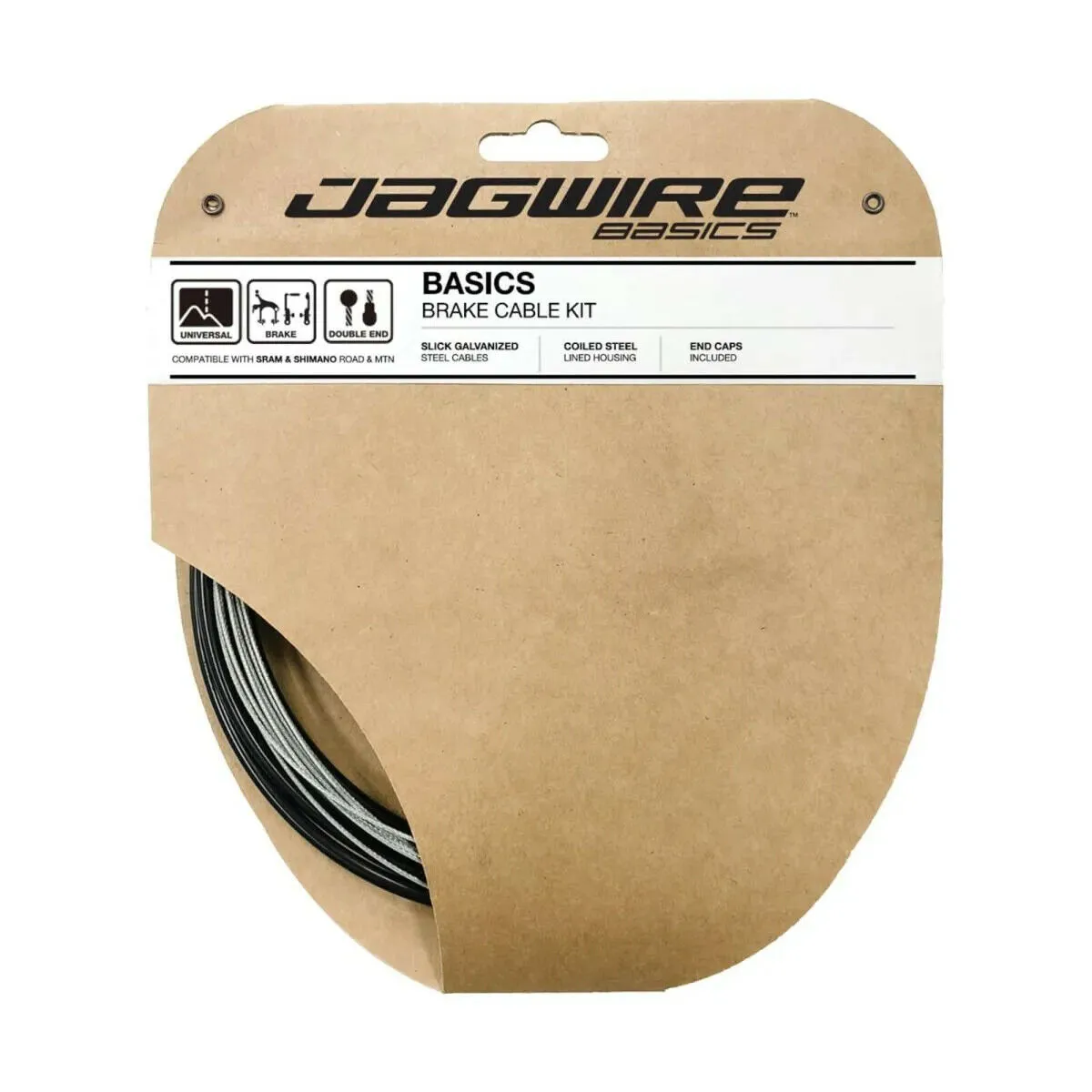
- £12.73
Jagwire's Basics brake cables don't come with lubricated liners and are rim-brake only on road and mountain bikes.
Replacing gear cables
When the time does come to replace the cables, it’s worthwhile investing in good-quality ones. They’ll be less prone to corroding and should be smoother-running in the outers.
Speaking of outers, it’s a good idea to replace these semi-regularly too. The continual movement of the inners will cause their internal sleeves to wear over time.
Contamination, which is largely unavoidable, will also degrade performance over time, even when you fit new inner cables.
You can guard against this to some extent by fitting an anti-contamination ferrule at each end of the cable run. This is particularly important for mountain bikes, cyclocross bikes and gravel bikes, which are likely to get mucky.
If you’re only replacing the inner cables, it’s worth lightly lubricating the new inner when you fit it. Higher-quality new cable sets will typically come pre-lubed though.
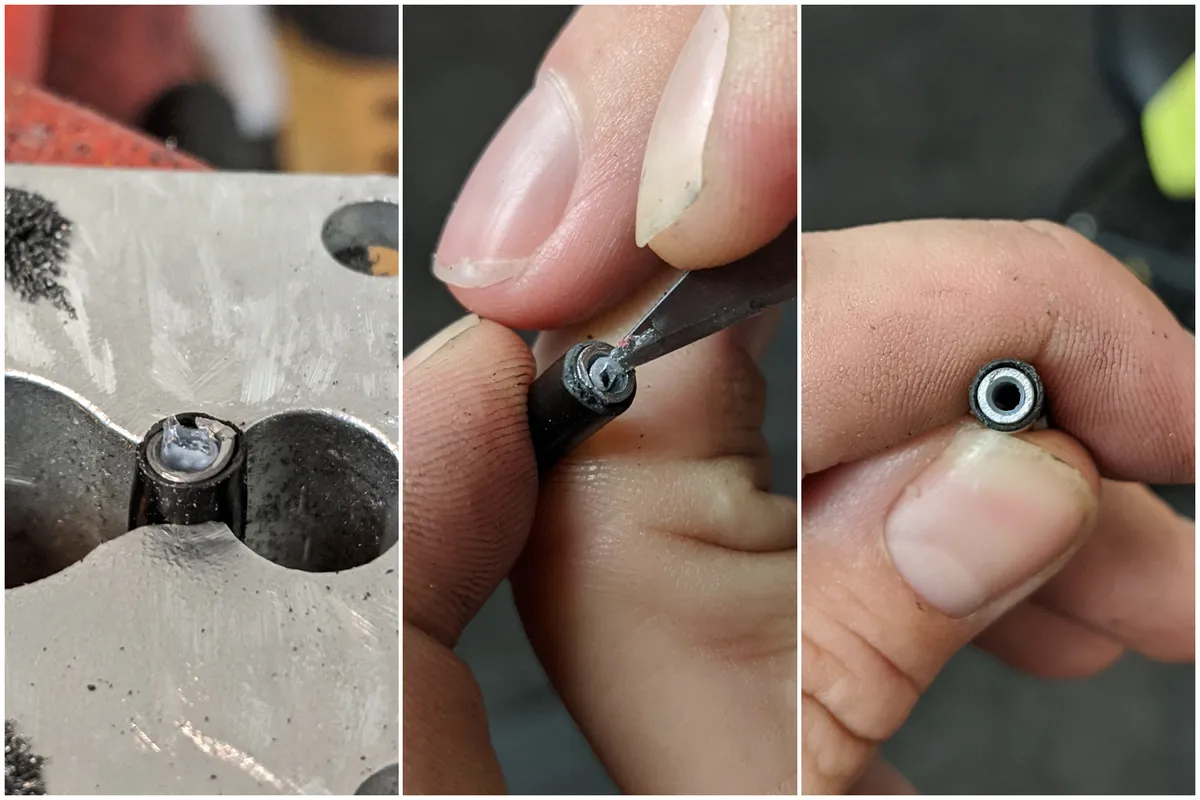
If you’re replacing the brake and gear cables on your bike – whether that’s just the inners or the complete set – you should use the right tools to get a clean finish. Proper cable cutters are fairly affordable and do a much better job than side snips.
Make sure you fit the correct caps/ferrules to the cut ends of both inner and outer cables to prevent fraying and to keep the drivetrain and brakes working properly.
Cables are a fairly affordable bike part, so when you change yours, splashing out on a high-quality set is genuinely worth the extra expense for the improved performance.

